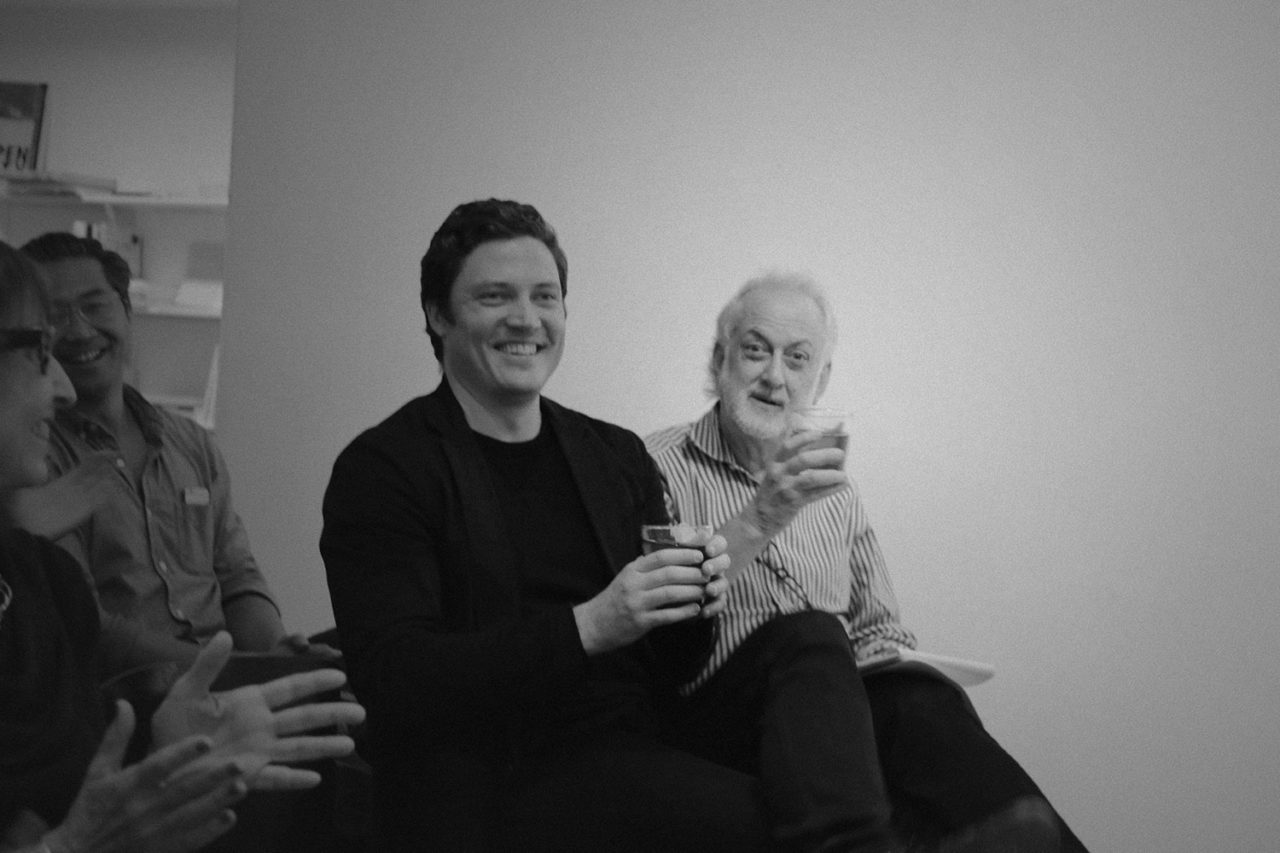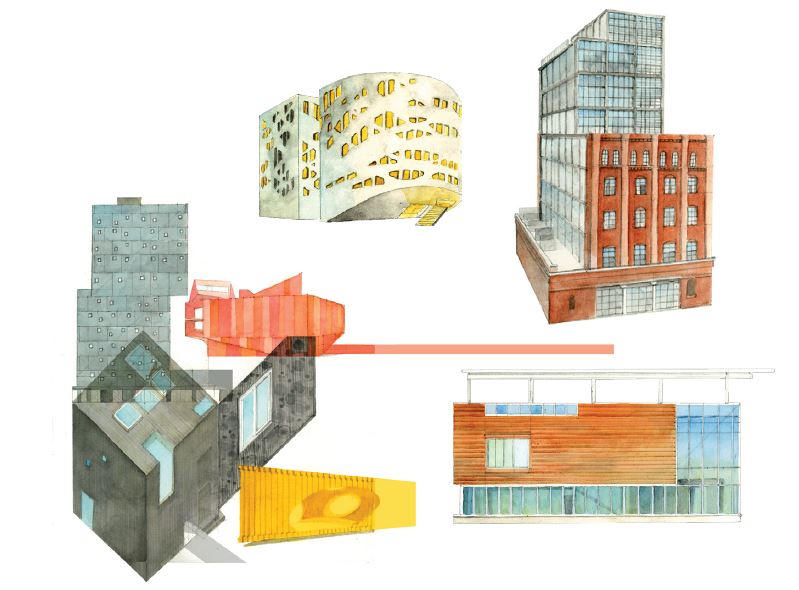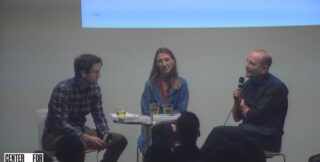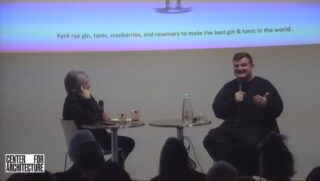Info
-
Co Chairs
-
Abby Suckle, FAIA
-
Stephen Johnson, AIA
-
Related Links
- Buy Cocktails and Conversations: Dialogues in Architectural Design
- Peter Gluck and Inga Saffron Appraise the State of Architecture for Cocktails and Conversation
- Cocktails and Conversation with Bartholomew Voorsanger, FAIA, and Alastair Gordon
- Jeanne Gang and Michael Kimmelman Discuss Truth and Public Work in Architecture
Topics
-
March 31, 2020

Essay by Michael Murphy, Founding Principal and Executive Director, MASS Design Group. Published March 27, 2020 on massdesigngroup.org.
Remember our elders:
In many traditions, the elders are not simply “the old people”—they are the culture bearers, the harbingers of language, the repository of rituals. They are our legacies—what binds our past to our future—in human form. When we lose our elders, our legacy too is threatened. The ligaments which bind their knowledge to the generations ahead of us is now no longer their responsibility. It is ours. And unless we record their legacy, culture, language, and wisdom, they are lost.
I fear about how much was lost yesterday with the passing of Michael Sorkin. He was many things to many people over his long career: a dedicated teacher, the last of the great practitioner critics, and a tireless advocate for a more environmentally and socially just architectural reckoning. To me, he was an elder, a beacon for what I hoped to one day practice and understand.
I first met Michael in 2011. It was my thesis presentation, and he was on the jury. My topic was about a progressive publication of architects from the 1970s led by Giancarlo De Carlo, who advocated for social and political responsibility in our profession. I had discovered it on my own, but Michael, the architectural critic of The Nation and then The Village Voice, was not surprisingly a frequent contributor to Space and Society. I was nervous about his response. But instead of the familiar gutting and rejection common to architectural juries, Michael smiled wide, raised his right arm, fist clenched and said, “Right on comrade.” He was a hero of mine now, and he grabbed me by being himself: funny, righteous, and kind. He was building the army.
I saw the battlefield in full force a few years later in 2016, when I was invited to participate in a series called “Cocktails and Conversations” in New York City. This series invites a speaker to choose an interviewer for a public conversation. I was nervous to face a New York crowd of architects, so I invited Michael to prod me on stage and talk broadly about activism in architecture, hoping to focus more on his work and less on mine. But by the time of the event, November 18th, the world had turned upside-down. Only a week before, Donald Trump had been elected.
Never to be constrained by rules, Michael rejected the format of the polite conversation and invited other activists to join us on stage. He drafted a ten-point manifesto. And he turned a polite conversation into a chaotic, unbridled, therapeutic town hall to bring up the issues he cared about most: the carceral state, the destruction of the environment, the privatization of the public sphere against the public good, and the complicity of our profession in structures that reinforce inequity.
Michael’s life long message—often hidden behind the starchitecture and celebrity of our profession—was suddenly felt viscerally by the profession around us. “What will you do now?” He seemed to be asking. “Will you carry the torch? Will you link the wisdom of our years of work to the world you build tomorrow?” Michael was a sage in our profession, a visionary, a teacher, but also a mensch. He often said that he’d love to make architecture “less evil, more kind.” He was able to hold both anger and compassion together like only a true elder can do.
—
We sat down recently in December, over tea. He was surviving another bout of cancer treatment, so martinis (our usual toast) were not on the menu. We talked about his legacy and what he would leave. He asked me who would fill the gaps in public discourse, in new practice models, in writing and criticism. He was asking: who would step up?
The coronavirus, like all epidemics, reveals the cracks in our systems. In this case, not just the medical system but the architectural system as well. Much as Michael signaled throughout his career: if architecture is tethered to a private marketplace, the building industry, left fragile, will collapse in the face of market corrections, and with it, the public rights it delivers.
Well, collapse is upon us. On the horizon is global construction stoppage, supply chain interruption, and a massive abandonment of building and design labor. All the communities we serve will be abandoned too, as housing, hospitals, schools, public spaces, and green infrastructure plans get shelved once again, leaving behind a public asking: why, in the moment of our greatest need for public service, are industries so unprepared to serve the public?
Michael predicted this, too. And his hybrid non/for-profit practice offered a way of working that could help us now. A practice that did not abandon the public in times of stress, as its hybridity remained somewhat insulated from mercurial market shifts we see around us.
All that is to say, Michael was one of the elders that would have guided our industry through its forthcoming restructuring. It is only too clear that we have lost an oracle and a soothsayer. Someone who exposed the cracks in the system, and sought to use the tools of our profession—his experimental practice, his acerbic critical voice, his gregarious teaching—to carry forward a movement.
What cruelty. What more sobering news can there be than the reality that Michael was one of the vulnerable he always fought for? Now a victim to the vicissitudes he sought to protect others from. We are not just compiling numbers of the dead, we are losing our stewards of cultural memory, languages, practices, life, and the kind of avuncular wisdom that can hold anger and love together so that we keep moving.
Michael Sorkin was that elder, for all of us in architecture. I don’t know what lies ahead, but we can be assured that Michael would want us to pick up the torch, with more vigor and determination, if not only for his legacy than for ours.
May you rest in peace, Michael Sorkin, and know that the generation that follows you will carry on what you’ve left behind. Right on, comrade.
Michael Murphy
Founding Principal and Executive Director, MASS Design Group -
October 2, 2018

Over the last six years, the AIA New York Architecture Dialogue Committee’s Cocktails and Conversation series has hosted some of the most interesting and provocative practitioners we know to discuss what informs their designs. These have been collected into Cocktails and Conversations: Dialogues in Architectural Design.
Architects were paired with journalists, curators, historians, critics, educators, and their clients—people who create narratives about the built environment for both the profession and the general public. Their conversations touched on many of the most compelling and consequential issues facing designers today. Featured practitioners shared insights about how to create form, how to relate new and old, and what they took away from the projects that were built and the ones that never left the drawing board. They talked about designing at all scales from the macro to the micro, the role of drawing, and the role of the client, politics, and the economy. They discussed aesthetics, color, and form. To lubricate the discussion, a bartender created a cocktail in the spirit of the architect’s work.
This book intends to inspire and delight while distilling ideas presented. You may pre-order your copy here.
-
September 22, 2017
Event Date: September 23, 2016
Shohei Shigematsu, Partner and Director, OMA New York Architects
Amanda Dameron, Editor-in-Chief, DwellFeaturing a Rosemary Brown Derby by Eben Klemm:
In a shaker:
2 ounces bourbon
1 ounce grapefruit juice
1/2 rosemary honey syrup (Simmer 5 fresh rosemary springs in 1/2 liter water for 5 minutes. Dissolve in 1 liter honey.)
Add ice and shake 20x.
Strain over fresh ice into a rocks glass and garnish with a rosemary sprig.
Past Events
-
Mon, 7/7/25, 3:30pm
-
Mon, 7/7/25, 2:00pm
-
Mon, 7/7/25, 8:30am
-
Fri, 5/9/25, 6:30pm
-
Fri, 1/17/25, 6:30pm












